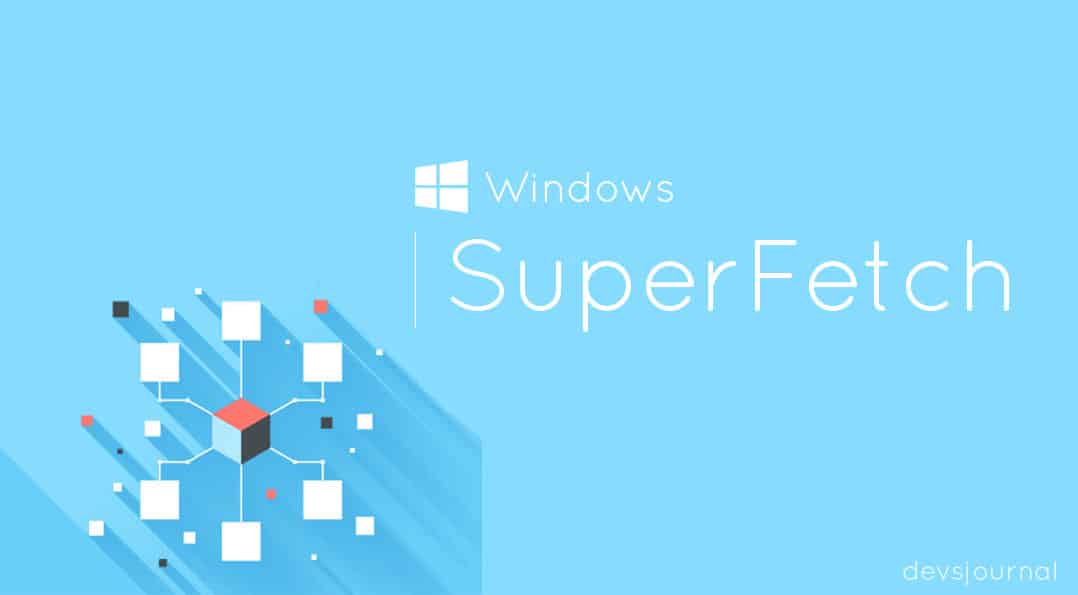Windows 10 came to us with lots of system processes with the best of purposes. But there are many in-built features in Windows 10 that create many problems with the flow of time. In the same way, when it comes to the Service Host SuperFetch, it is also not free from technical glitches.
Many times, we have seen this feature in Windows Operating System causing a high disk usage that leads to the sluggish performance of your device. Here, in this article, we will talk about SuperFetch inside out. Trust us, you will get to know everything regarding SuperFetch in the rest of the article.
Service Host SuperFetch and Its Goals
Service Host SuperFetch is the feature that you will get with the Windows Operating System automatically. It is an advanced RAM-management functionality that is intended to imply a better user experience with a faster-operating speed. It is the successor of the functionality named PreFetch that you will get to see in Windows XP.
From Windows Vista and subsequent versions, you can see this feature. As RAM access is much faster than hard drive access and provides a faster-operating speed, SuperFetch fetches data from the RAm instead of the hard disk. SuperFetch does the work more efficiently by managing the amount of random access in your Windows device.
Therefore, we can say that Service Host SuperFetch has main two goals to achieve. The first one is to decrease the time of booting and the other is to ensure that the applications you are using can be loaded more efficiently.
Service Host SuperFetch and Myths
There is no shortage of myths regarding SuperFetch. And, in this part of the article, we will talk about those ridiculous of the SuperFetch myths that have elevated their status as market-wide myths. Have a look:
The myth makers say a lot about SuperFetch without any sufficient proof. And, the most important thing is that there will be a higher value in the Cached field in comparison to the Free field. This moreover leads to the myth that when one will attempt to load an application he/she can’t do it smoothly due to the low amount of Free memory.
When it is not quite true because the cache memory is still available for new application in spite of the lower amount of free memory. And, it happens because when one tries to load new applications, the action supersedes SuperFetch.
And the most ridiculous myth is that it decreases the user experience.
SuperFetch, Its Problems, and The Solutions
But despite all the good features of the Service Host SuperFetch, sometimes many users face many kinds of problem in their device because of the in-built Windows feature. For example, if you don’t have the latest hardware in your system, then the problem named Service Host SuperFetch Windows 10 high disk usage problem can occur on your device.
And the issue service host SuperFetch high can prove itself harmful to your device and it can create a nuisance. If you face such a problem, then you don’t need to worry as in this part of the article we will tell you how to resolve the error.
Disable the Service
It is worth mentioning that high disk usage due to SuperFetch is not always a problem rather it helps your Windows operating system to optimize its performance. But, you can disable the service if you think that the service is taking up too much of your disk resources. You can disable the service for a while to resolve the issue. And, for that, follow the upcoming steps
Process 1
- First of all, invoke the Run dialog box by pressing Windows + R keys simultaneously from your keyboard.
- And now, in the Run dialog box, you need to type in the command ‘services.msc’ excluding the inverted commas. Then, press the Enter button.
- After doing so, you will get to see the Services window on your Computer screen.
- And here, from the list of the services, you need to find SuperFetch in order to continue the process.
- After finding the service, you have to choose it. Then, right-click onto it to open properties.
- Now, hit the option Stop.
- Once you are done with all the previous steps hit the Disabled option that you will find in the Startup Type.
- Finally, hit OK and complete the process.
Process 2: Use Windows Registry to Resolve the Problem
If in any case, the first process fails to help you, then you can use your Windows registry to disable SuperFetch. And to do so, follow these easy steps and complete the task.
- Here, first of all, you need to invoke the Run box by pressing both the Windows and R keys together.
- And then in the Run box, type in the command ‘Regedit’.
- After doing so, hit the Enter key.
- And the registry window will appear. From there, go to HKEY_LOCAL_MACHINE.
- Then, go to the SYSTEM section and then CurrentControlSet. From there, go to Control and then Session Manager. After that, go to MemoryManagement and then PrefetchParameters.
- And then, after doing all these things when you will get to see Enable SuperFetch option, you just need to double-click on it and complete the process.
Hope that this article will serve its purpose properly and will help you to know about Service Host SuperFetch in minute details.
Also, Check-Out:

